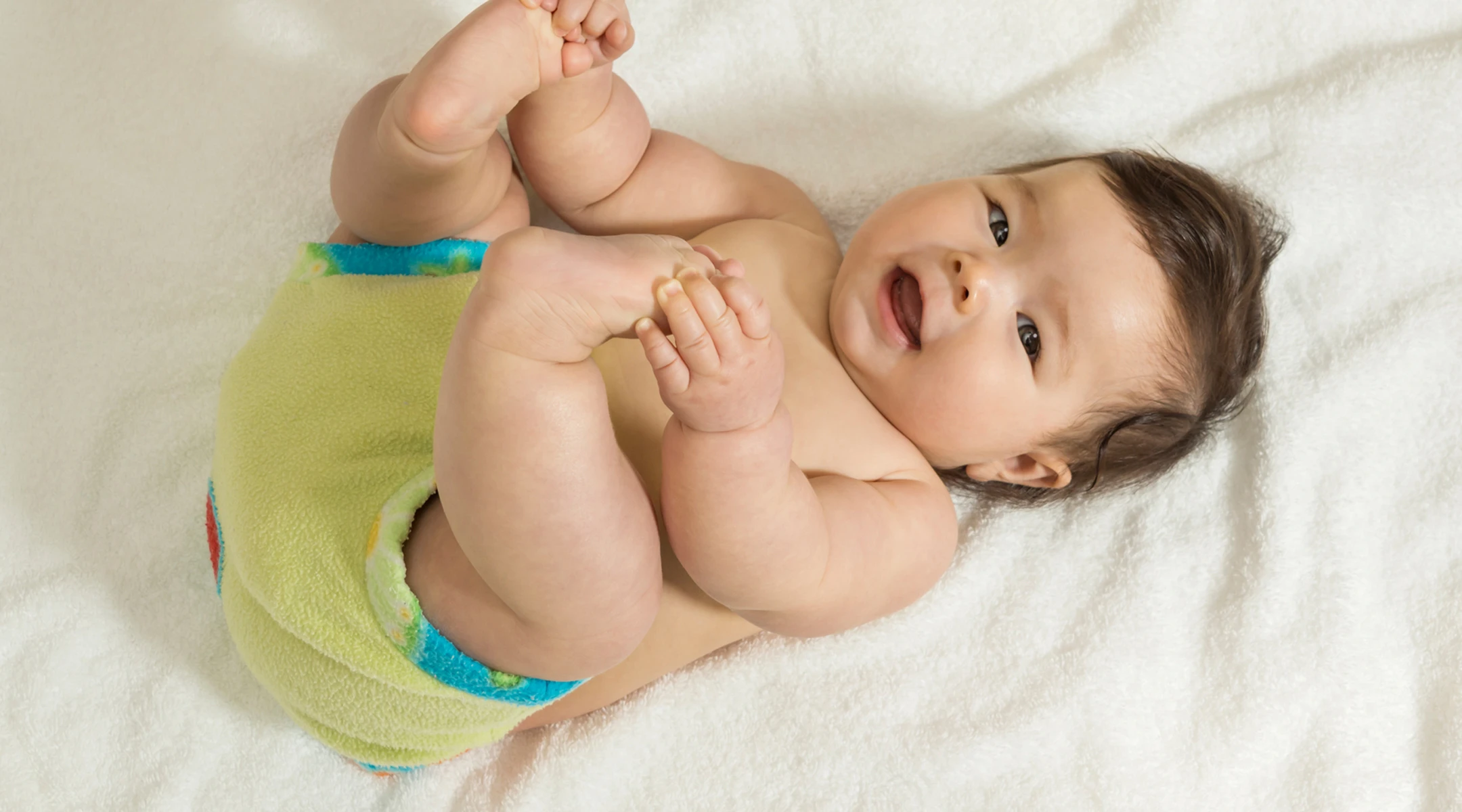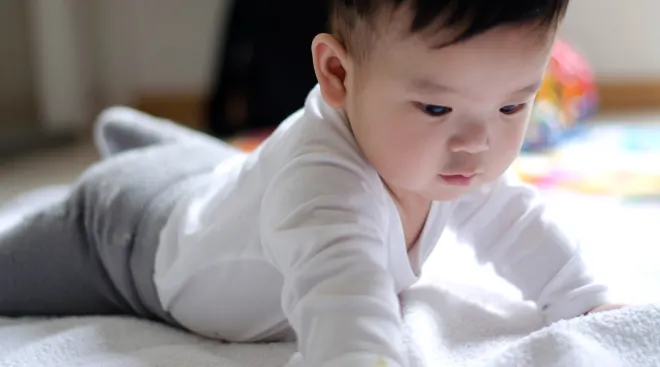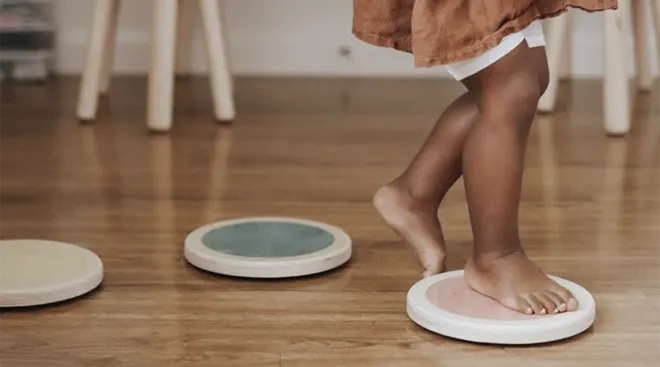Why Babies Pull Their Legs to Their Chest
Does baby seem like they’re trying to fold into the fetal position, pulling their legs up toward their chest? It could be a sign of something going on in the abdomen. Read on to learn why babies pull their legs to their chest and how to ease any discomfort.
Here’s the thing: Babies pass gas pretty much all day long, and sometimes simply changing positions—like pulling their legs toward their chest—can help them fart more comfortably.
However, on rare occasions, pulling up the legs can be a sign of a serious medical condition called intussusception, which occurs when part of the intestine pulls into itself, like a telescope. This can block the passage of food and cut off blood supply to the area, and it can be very serious. According to the Mayo Clinic, intussusception is the most common cause of intestinal obstruction in children younger than 3, although the cause of most cases of intussusception in children is unknown.
Signs of intussusception include:
- Sudden, loud crying
- Pulling knees to the chest when they cry
- Stool mixed with blood and mucus
- Vomiting
- A lump in the abdomen
- Lethargy
- Diarrhea
- Fever
Children with intussusception may have one or more of the above symptoms; some may experience no pain, while others may have just pain and no other symptoms. The pain of intussusception comes and goes at first, usually every 15 to 20 minutes. These painful episodes last longer and happen more often as time passes.
To treat your little one’s gas, try gently rubbing baby’s tummy in a clockwise direction or lay them face-down across your knees, gently moving your legs to massage their belly. You can also try burping baby or holding them upright after feedings.
In most cases, baby is pulling up their legs simply to try to relieve themselves of gas pains, and it (along with the gas) shall pass. However, if they’re crying loudly every few minutes and their cries are growing louder and longer, and if they have other symptoms like fever, vomiting or bloody or mucus-like stool, or appears otherwise severely out of sorts, you should immediately call your doctor, who can provide a diagnosis and suggest treatment.
Updated February 2020
Wendy Sue Swanson, MD, MBE, FAAP, is a pediatrician, author and media contributor. She is the past chief of digital innovation at Seattle Children’s Hospital and wrote the Seattle Mama Doc blog on behalf of the hospital from 2009 to 2019. She now blogs at wendysueswanson.com and is the author of Mama Doc Medicine: Finding Calm and Confidence in Parenting, Child Health and Work-Life Balance. Follow her on Instagram @drwendysueswanson.
Please note: The Bump and the materials and information it contains are not intended to, and do not constitute, medical or other health advice or diagnosis and should not be used as such. You should always consult with a qualified physician or health professional about your specific circumstances. Plus, more from The Bump:
Navigate forward to interact with the calendar and select a date. Press the question mark key to get the keyboard shortcuts for changing dates.




















































